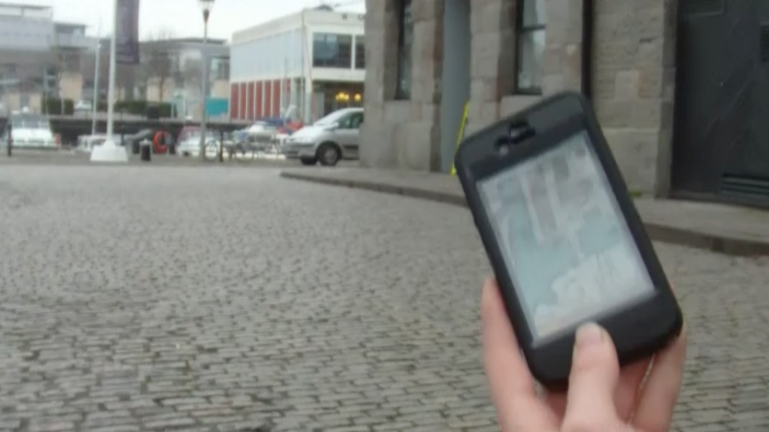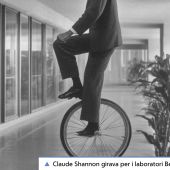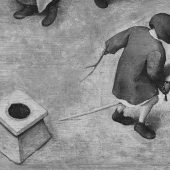Some notes on ‘content’ after some years hanging out at the Pervasive Media Studio, and re-visiting research by Jon Dovey and Constance Fleuriot on their knowledge exchange work with makers and producers at Studio.
I have been struck by the investment many pervasive media practitioners have in ‘content’ or ‘story’ as the motive for the objects and events they were designing, and the concomitant assumption or prediction that the technological substrate of these objects and events would, in time (ideally), disappear. There is a tension here with Jon’s diagnosis of the perpetual innovation or upgrade culture of pervasive media. In talks he has shown examples of pervasive media projects including spectacular advertising projections, big games, and subtle mobs, the main appeal of each, for their audience, it could be argued, is their novelty not their message. The question is to what extent is the creative ‘content’ the salient component of these events, the elements that capture the imaginations and attention of their players and viewers?
Big games are fleeting events, and do not even have the established informational and orientational contexts of other collective, non-commercial aesthetic happenings such as the art gallery.
A comparison with early cinema is sometimes made, and it holds water. The experiences promised by pervasive media are at least as technocultural in their appeal as they are narrative or lyrical; just as the audience of early cinema (as Tom Gunning has shown) were enthralled more by the cinematograph as a device and moving images as a technological spectacle and (much) less by the specific images and events depicted in the short movies. Reference to Marshall McLuhan is also unavoidable: as ever, the media themselves are the messages, and if we follow his schema, any ‘story’ or ‘content’ here is residual, the remediation of earlier media forms whereas the message here is pervasion itself and the technologies of pervasion.
Digital ‘content’ exists now largely to activate the channel, to test or animate the media technologies and the arrangements of bodies, attentions, funding, play, etc. that they are imagineered to bring into being. Two examples of this content in commercial culture: a recent Iain Banks novel proudly entreats me to go to its website for ‘extra content’. Is the book ‘content’? The form here (the medium, the channel) is the invitation to visit the website and, presumably, register, catch sight of advertisements, etc. As programme leader of an undergraduate degree in media and cultural studies a few years ago I had a marketing agency call to offer what at first appeared to be work experience for students. It turned out what they wanted was for students to produce and upload ‘content’ (amateur funny videos along the lines of UGC on YouTube) for the launch of a new web campaign for crisps. Again it is the flow of creative content, the stories, the pictures, jokes and so on through the channel that brings it into being and is secondary to it.
A thought: what distinguishes current formal innovation in new and pervasive media is often its equivalence with its business model. If the medium is the message, then both are the business model. The business models of Web 2.0, new television / 360 programming such as the X Factor, and the media mixes Mimi Ito studies, shape their form more completely than earlier stages of capitalist culture (need to think this through!). What distinguishes the business models of creative cultural production (and what is continuous with earlier forms such as cinema and commercial television) is the mobilisation and exploitation of attention. Apps and social networking (as Jon pointed out) are the big players in this regard today. Again it is the form, the assemblages, that dominate. Whilst a few apps are wonderfully inventive and rewarding, their overall form is a battle for a few seconds (and a few pence) of attention. Even when an app is engaged with, the experience is again (like the less commercially-motivated projects at the Studio) one of novelty and momentary distraction.




